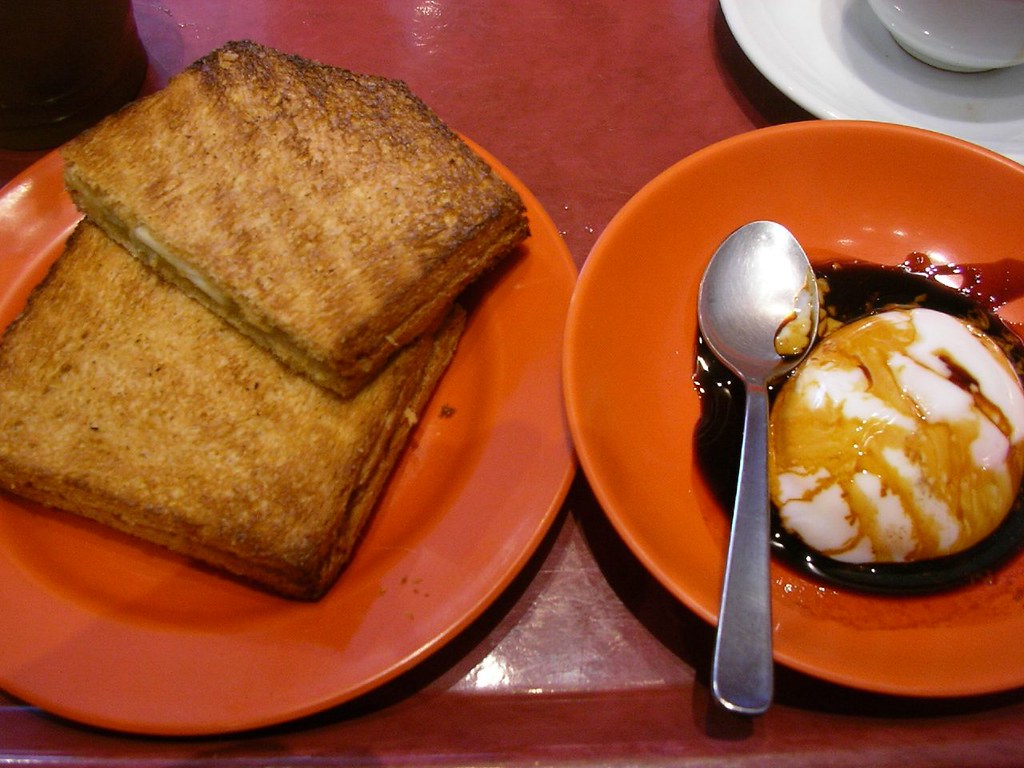
Experts always say this, and so do we: Breakfast is the most important meal of the day, but what it looks like depends entirely on where you are. Some cultures start their mornings with a rich, hearty spread meant to fuel the day ahead, while others prefer something light and simple. Here are 15 traditional breakfasts from around the world.
Full English Breakfast (United Kingdom)

A full English breakfast is full of eggs, bacon, sausages, baked beans, grilled tomatoes, mushrooms, toast, and much more. Some people like to add black pudding (a type of blood sausage) and hash browns to make it even more packed. Farmers and laborers used to have this meal in the past as they needed extra energy to work the whole day at the farm. Today, many British households prefer to make it on the weekend.
Chilaquiles (Mexico)

There’s nothing like starting your day with a plate of crispy tortilla chips soaked in flavorful red or green salsa, then topped with crumbled cheese, sour cream, onions, and sometimes fried eggs or shredded chicken. This traditional Mexican breakfast is mostly served with refried beans or avocado (great ingredients for your health) to give you that perfect combo of crunch and spice in every bite.
Croissant and Coffee (France)
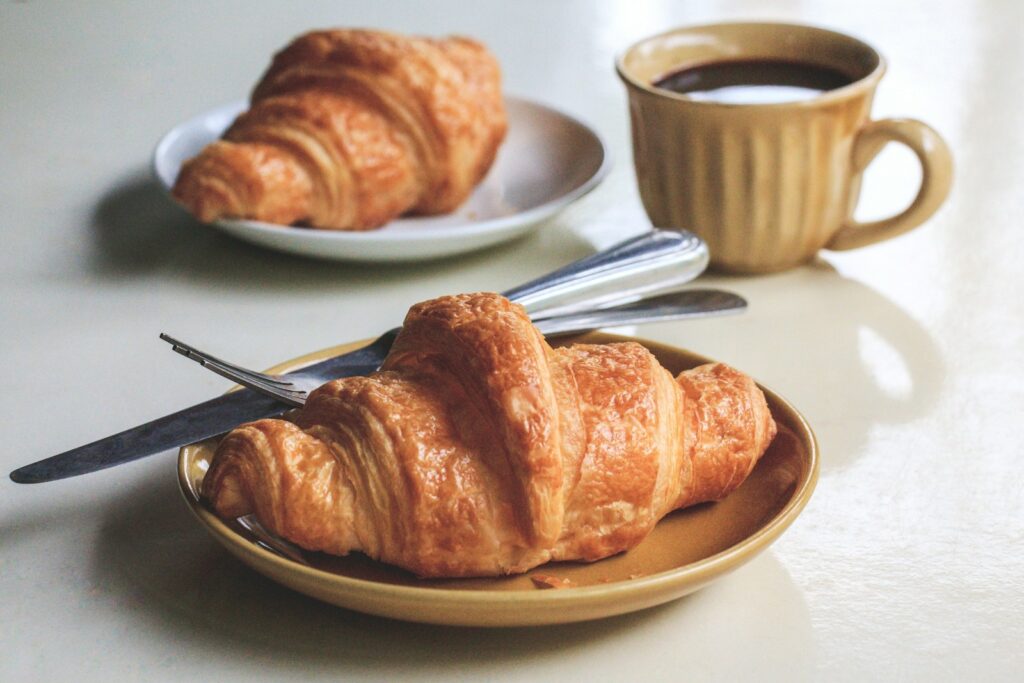
If you’ve been to France, you know the importance of croissants. A buttery croissant with a steaming café au lait (that’s your plain coffee with milk) is what the French like to have for breakfast. French people don’t like to eat heavy breakfasts as they prefer something light to start the day. Many locals dip their croissants into their coffee, softening the flaky layers for a melt-in-your-mouth experience. The croissant itself has Austrian origins but became a French classic in the 19th century.
Açaí Bowl (Brazil)

You might have seen a famous food influencer promoting this breakfast dish on TikTok. This breakfast dish is made from frozen açaí berries (that are full of antioxidants), blended with bananas or guaraná syrup until they’re smooth, then it’s topped with granola, some honey drops, and fresh fruits. Originally eaten by indigenous communities, this dish has become a favorite in Brazilian beach towns and fitness circles worldwide.
Dim Sum (China)
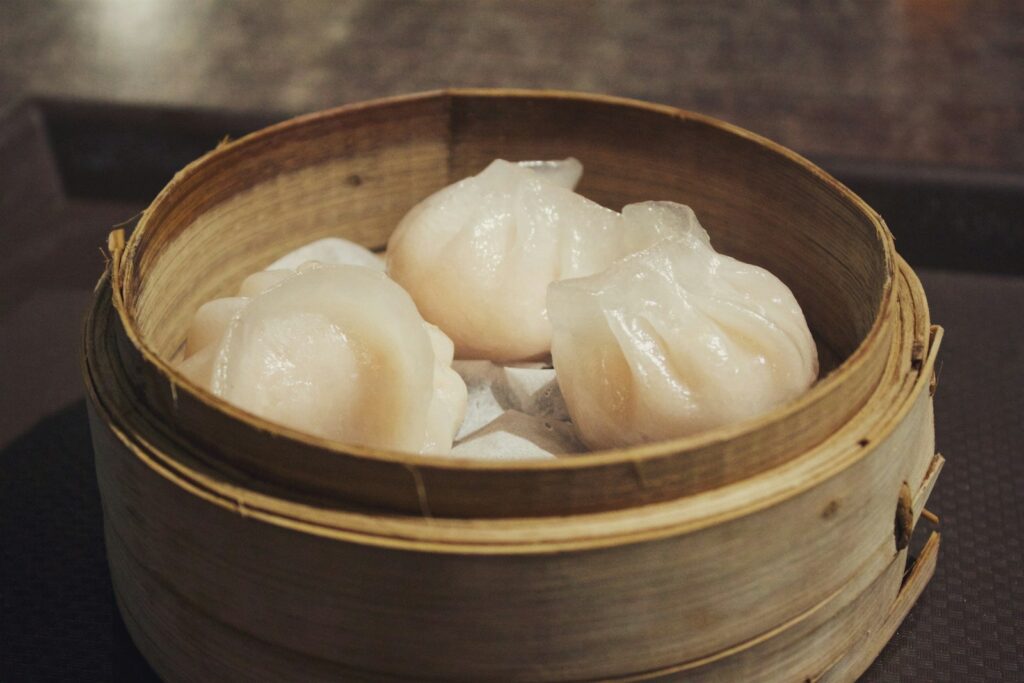
Chinese families and friends love to come together and enjoy this breakfast dish at tea houses. People serve Dim Sums in real bamboo steamers, and they come in different versions that include dumplings filled with pork or shrimp or soft buns with some sweet barbecue pork filling. The meal is always paired with hot tea, following the tradition of yum cha, which means “drinking tea” while eating.
Nasi Lemak (Malaysia)

Nasi lemak is so popular in Malaysia that sometimes people even call it the country’s national dish. The base of the dish is fragrant coconut rice wrapped in a banana leaf for extra aroma and it’s served with spicy sambal sauce, crunchy anchovies, roasted peanuts, cucumber slices, and a boiled egg. Farmers originally ate this meal because the coconut rice provided long-lasting energy for a day in the fields.
Bagels with Lox (United States)

Jewish immigrants brought bagels to America in the early 1900s, and at some point, people started adding a thick layer of cream cheese and slices of cured salmon. The combination works so well because of the contrast in textures and flavors—the chewiness of the bagel, the richness of the cream cheese, and the salty, buttery taste of the cured salmon.
Kaya Toast (Singapore)
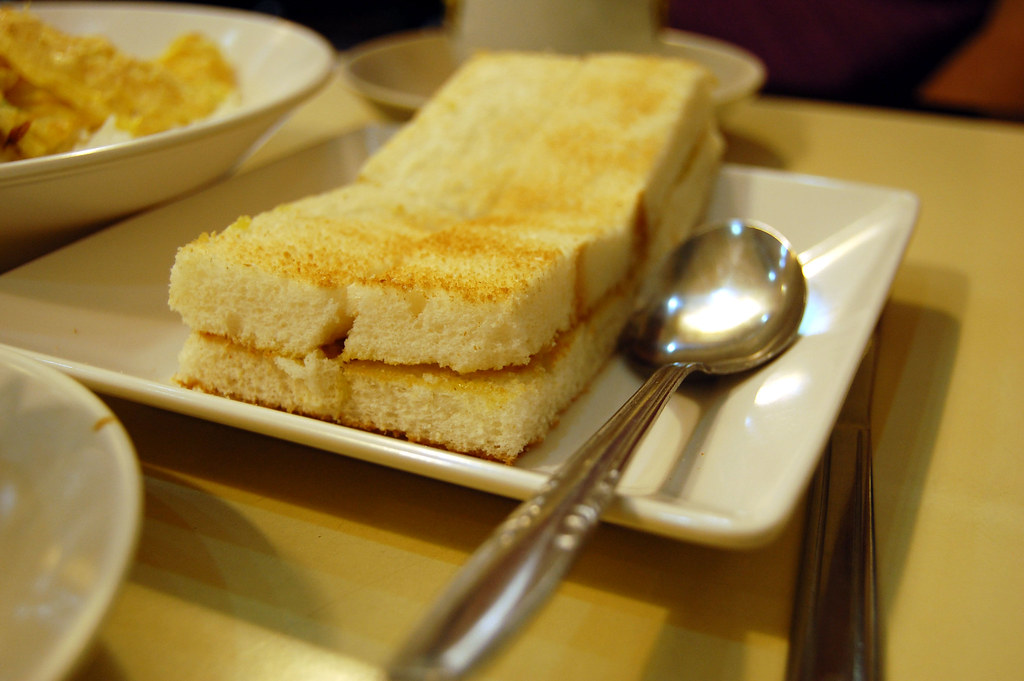
There’s something so comforting about kaya toast—simple, yet so satisfying. Imagine crispy bread slathered with kaya (a jam made from coconut milk, eggs, sugar, and pandan leaves). It always tastes better with soft-boiled eggs, a little bit of dark soy sauce, plus a strong cup of kopi (that’s just coffee in Singapore).
Shakshuka (Middle East & North Africa)

Making shakshuka is a whole experience. Picture eggs gently poached in a rich, spiced tomato sauce, with garlic, onions, cumin, and chili. People like to enjoy it straight from the pan with crusty bread. Some want to add feta for creaminess or bell peppers for a bit of bite, but no matter what you do with it, shakshuka is all about using bold flavors and keeping things simple.
Idli and Sambar (India)
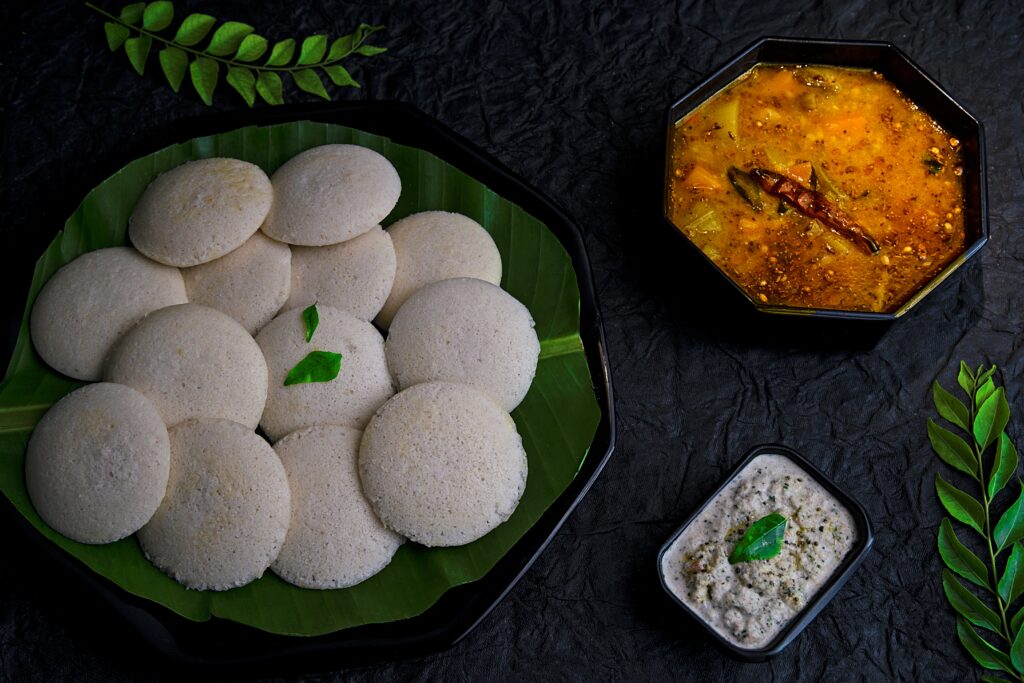
For North Indians, there’s nothing more comforting than a plate of idli and sambar. Idlis are pillow-soft rice cakes paired with a fragrant and tangy lentil stew (famously known as sambar). Sambar is good for your health as it’s packed with veggies and some tamarind. And, of course, no idli meal is complete without a generous dollop of coconut chutney for that cool, creamy contrast. It’s the kind of breakfast that feels both nourishing and familiar.
Mohinga (Myanmar)
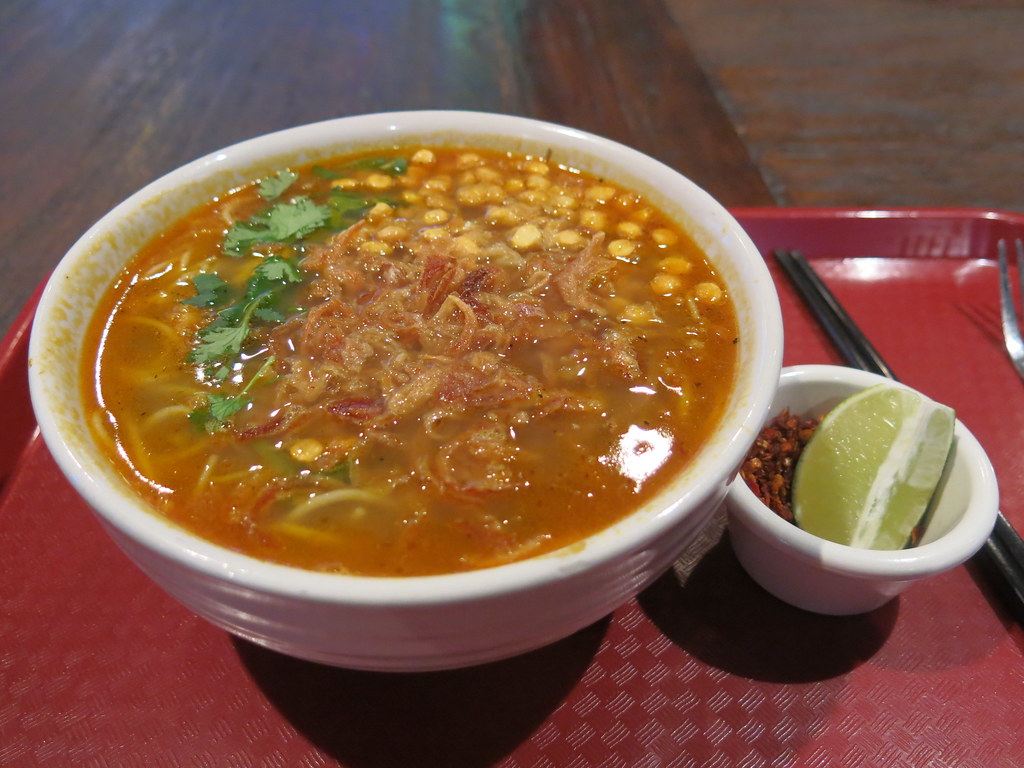
Mohinga is the kind of breakfast that feels warm, comforting, and flavorful. What’s inside? A bowl of rice noodles in a fish broth flavored with lemongrass, garlic, and spices. The best part is all these different toppings—crispy fritters, a boiled egg, and fresh herbs, makes the dish complete. It’s the breakfast locals swear by, and once you try it, you’ll understand why.
Roti Canai (Malaysia)
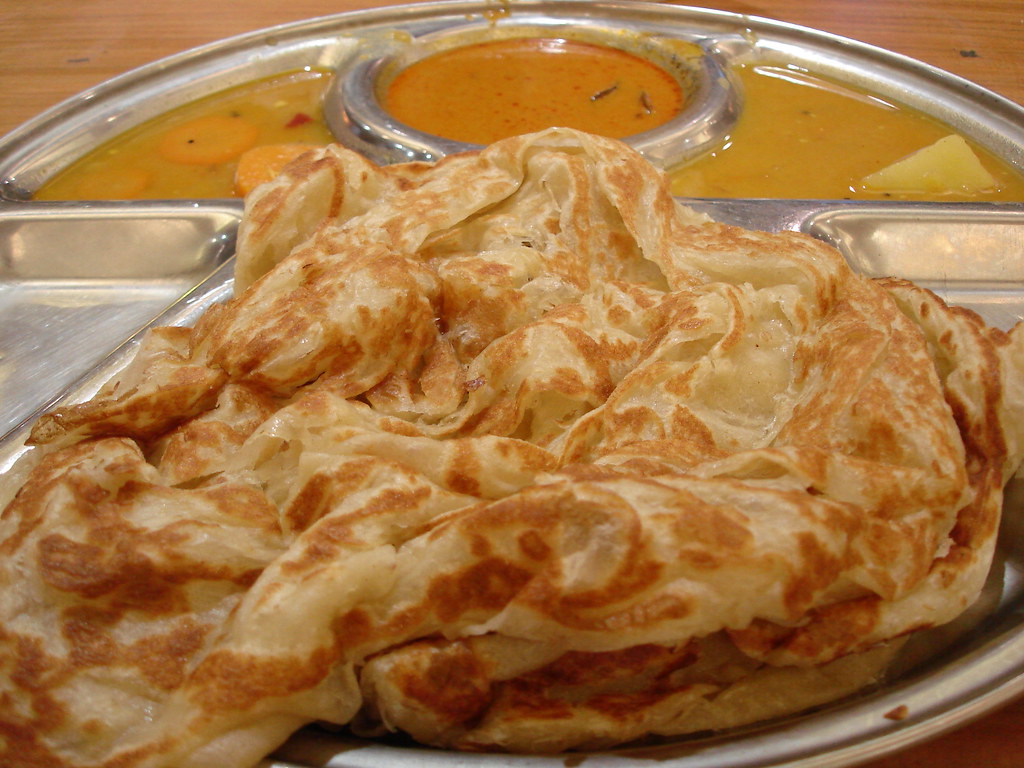
Crispy on the outside, soft and stretchy inside, this golden flatbread (roti canai) is a breakfast favorite in Malaysia. It’s usually served with dhal or curry, but some people also like to get a drizzle of condensed milk for a sweet version. It’s fun to see street vendors make it—flipping and stretching the dough like it’s second nature. Whether you dip, tear, or dunk, one thing’s for sure: you’ll want another.
Misoshiru and Rice (Japan)
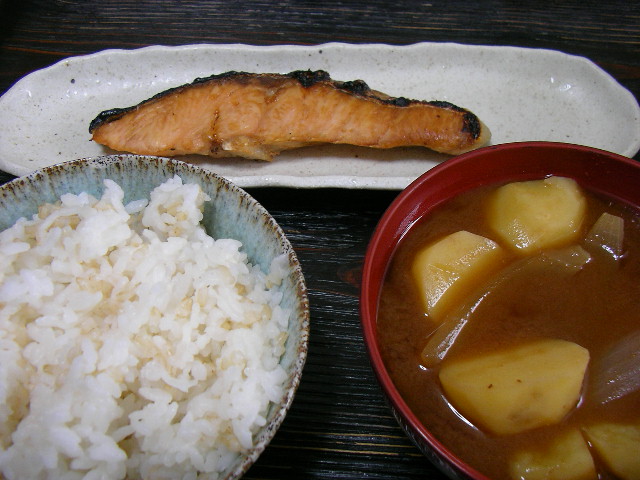
The Japanese people want light and balanced food (they don’t like heavy or oily things in the morning). Breakfast here means a bowl of miso soup with steamed rice. Some even like to add grilled fish, pickled vegetables, or raw egg into the rice for extra flavor. It’s not flashy but satisfying in the best way, built around fresh, seasonal ingredients that make you feel good from the inside out.
Arepas (Venezuela & Colombia)
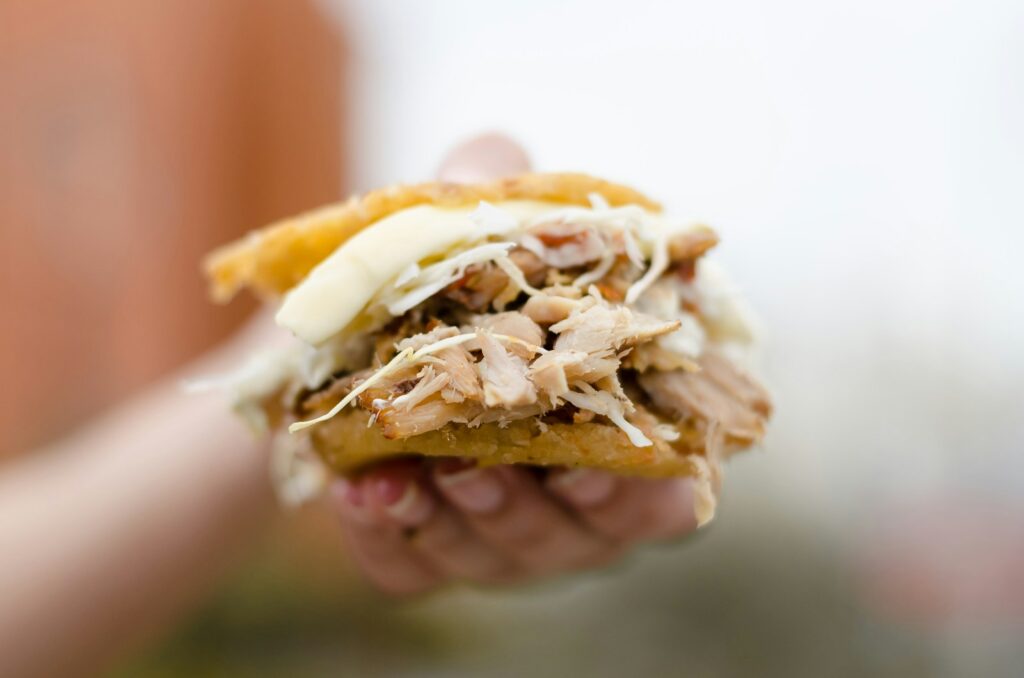
The basic Arepa is a pancake-shaped ground cornbread that is either baked, fried, or grilled and filled with lots of ingredients. They’re packed with cheese, ham, eggs, or shredded beef in Venezuela. But Colombians prefer to keep it simple with just butter and cheese. Whether you go for savory or a touch of sweet, arepas are a no-fuss breakfast that’s been a staple for generations.
Pytt i Panna (Sweden)
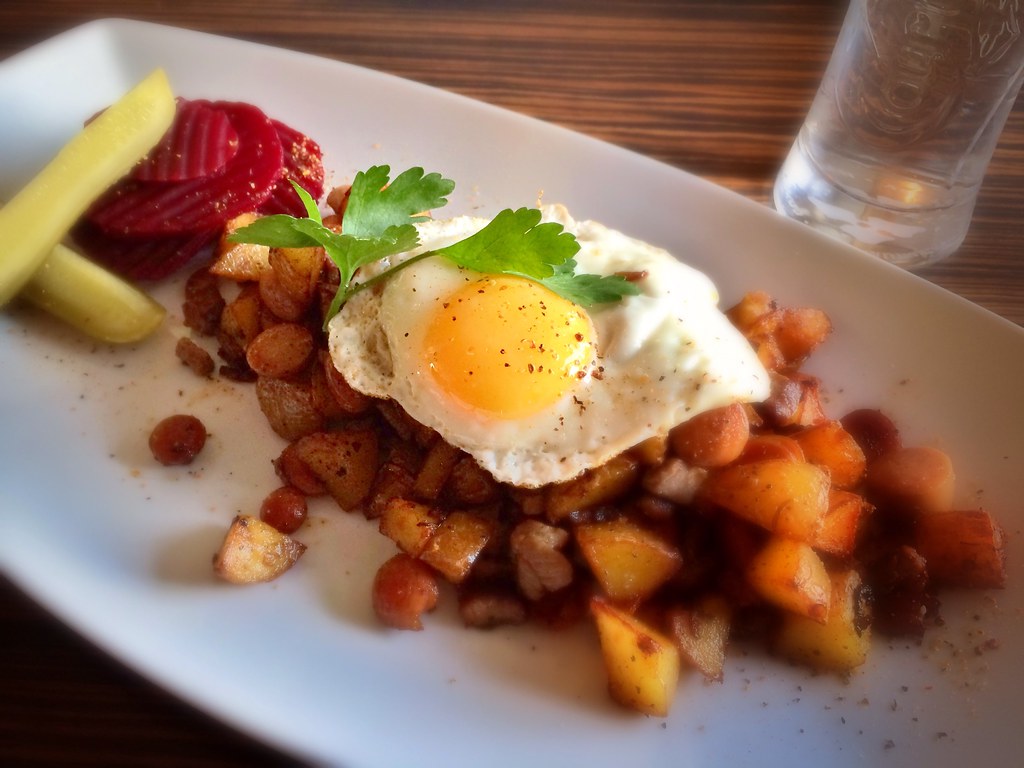
If we translate the name of this dish, it means little pieces in a pan. This Swedish meal was originally made to finish all the leftovers in your fridge, which were mostly meat and potatoes. Traditionally made from whatever leftovers are on hand, everything is chopped up and fried together. It can include just about any kind of meat, from sausages and ham to beef and game.
Leave a comment